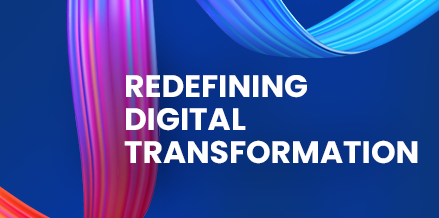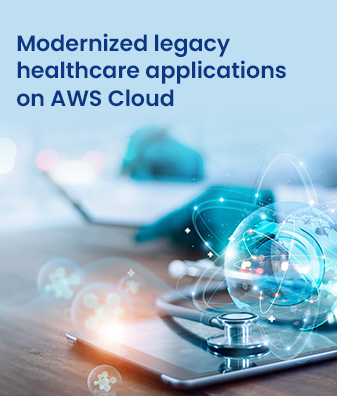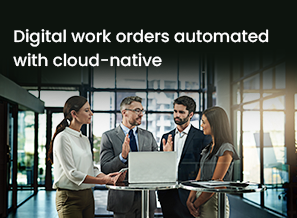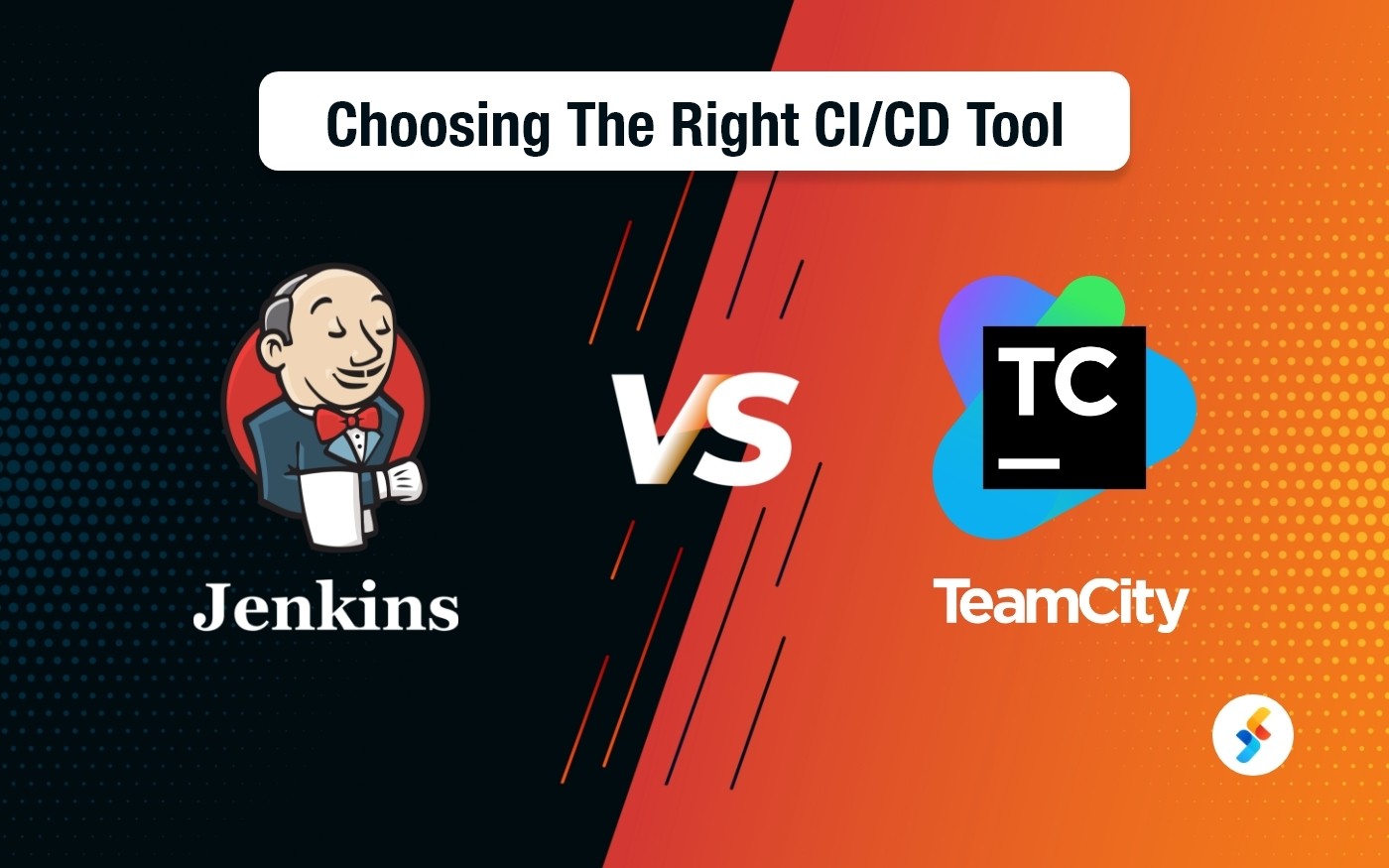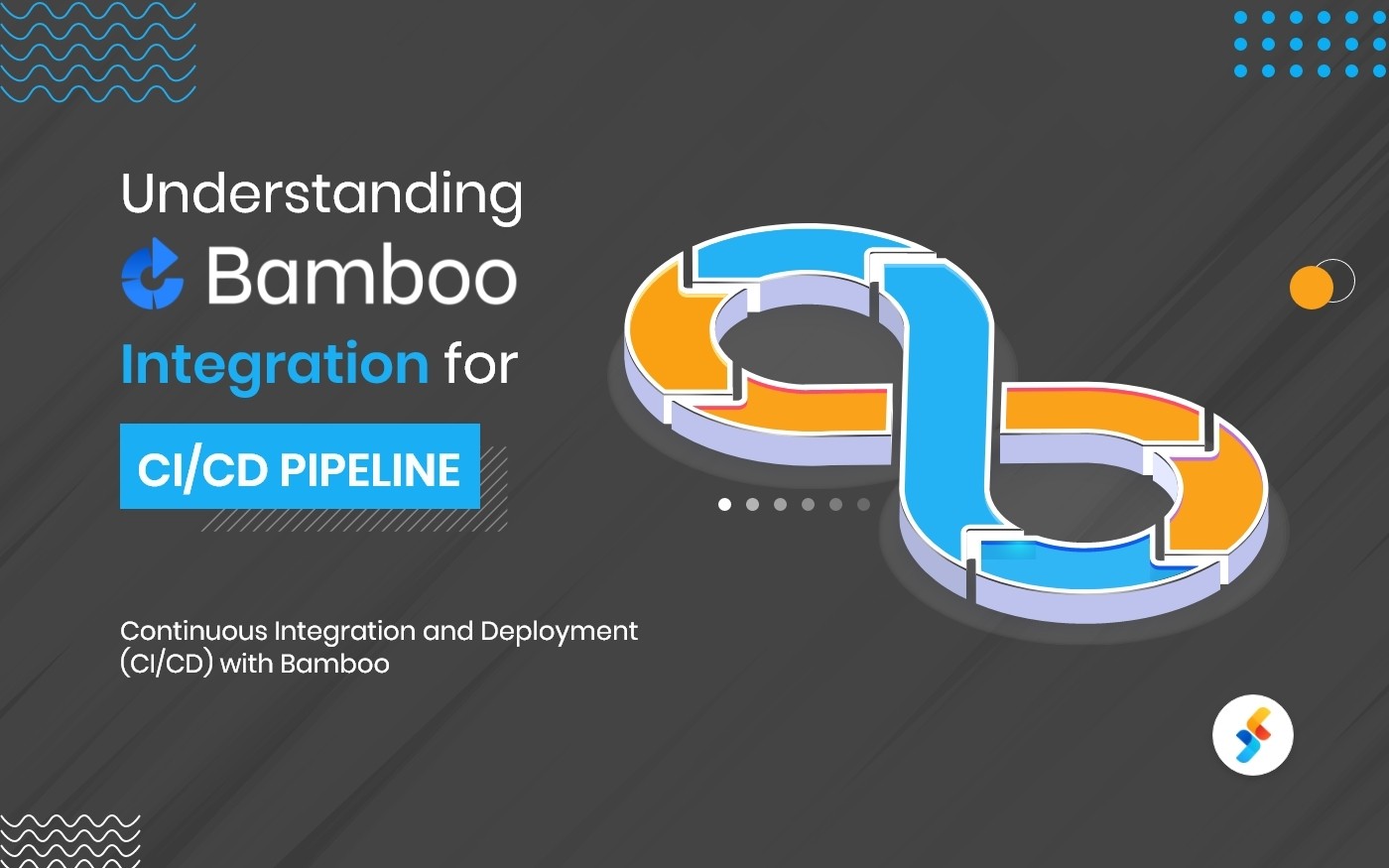Today, every enterprise is rethinking what its cloud strategy should look like as the shift toward intelligent and self-governing architectures accelerates. According to Gartner, more than 70% of large enterprises worldwide will integrate AI in their basic cloud operations by 2027, transitioning to Autonomous Cloud.
What’s driving this shift?
Rising expectations for innovation, resilience, and customer experience transformation.
As organizations move forward with their digital transformation strategy, they’re realizing that the cloud must evolve with the growing needs. It should have the ability to scale, optimize, and make predictions based on the changing environment- all without any human input. Organizations now rely on a unified cloud strategy that integrates automation, AI strategy, and migration readiness. Many enterprises now depend on cloud migration consulting to build scalable, automated, and AI-ready cloud foundations.
Forbes reports that AI-powered cloud operations can deliver up to 40% faster deployment cycles and can drastically reduce incident rates. But here’s a catch: the AI strategy should be planned right to get the actual results. That’s why enterprises these days are investing in cloud migration consulting, specialised in handling complex and distributed environments.
AI-driven cloud migration is not looked upon as just an upgrade anymore; it has become the foundation of an autonomous future where organizations can operate smarter, innovate faster, and deliver experiences at scale.
AI-Driven Cloud Migration Architecture: How Cloud Migration Consulting Enables Modern Cloud Strategy
With AI, cloud migration means more than just relocating workloads from one place to another. It means building an intelligent base that supports cloud strategy at scale, aligns with your AI strategy, and paves the way for an autonomous cloud ecosystem. Now the question is- what does the architecture behind AI-driven cloud migration look like? Here are the main components that brings this intelligent architecture to existence:
1. Intelligent Data Pipelines: How Does AI Understand Your Environment?
Data is the stem of every autonomous system. An AI-powered migration takes off by setting up real-time data pipelines. These pipelines capture performance metrics, logs, usage patterns, and architectural dependencies across the existing IT infrastructure.
AI models then use this data to:
- Analyze bottlenecks
- Identify the risks at an early stage
- Create dependency map
- Predict the behavior of workloads after the migration
This intelligence-led approach ensures that your digital transformation strategy will benefit you in the long run.
2. Automation & Orchestration: What Happens When the Cloud Starts Working for You?
After the insights are gathered, automated frameworks usually supported by AI consulting and cloud migration consulting practices come to the forefront. This approach ensures that the cloud strategy remains scalable and aligned with the enterprise’s digital transformation strategy. By employing Infrastructure as Code (IaC), event-driven workflows, and orchestration tools, the architecture carries out the essential migration activities without any human input.
This automation layer handles:
- Provisioning resources
- Validating configurations
- Mapping services to the best cloud components
- Optimizing runtime environments
AI strengthens this layer by optimizing resource allocations and avoiding any misconfigurations early to protect performance or customer experience transformation.
Also read- Cloud Migration and App Modernization: Role and Strategies
3. AIOps Intelligence Layer: Is It Possible for the Cloud to Predict Problems Before They Occur?
As enterprises grow, traditional monitoring falls short, reacting only after an issue has occurred. With the infusion of machine learning in cloud operations, the AIOps intelligence layer transforms this reality, allowing systems to fix the issues rather than just giving a response. This intelligence layer is now a core part of AI strategy for enterprises adopting autonomous cloud models.
The AIOps layer goes through historical data, system behavior, and live anomalies to support:
- Predictive scaling
- Self-healing actions
- Automated incident response
- Continuous performance tuning.
This proactive, intelligence-led approach not only supports operational agility but also the long-term AI strategy.
4. Built-In Security & Governance in Autonomous Cloud Environments
As cloud environments are becoming more distributed and dynamic, manual security management is failing to keep up with the changes. AI-powered governance ensures that every operation, configuration, and access request is monitored intelligently and continuously, thus resulting in a security structure that changes at the same speed as the cloud.
AI helps security by:
- Recognizing unusual access patterns
- Real-time enforcement of governance policies
- Compliance checks automation
- Forecasting security risks before they become serious
This modern approach does not merely speed up cloud modernization but also helps to create a secure, scalable, and intelligent cloud environment, which is vital for enterprises that are making substantial investments in advanced cloud IT solutions and gearing up for the autonomous cloud era.
Also read: Impact of AI in Digital Transformation
Business Outcomes & ROI of AI-Driven Cloud Migration
Business ROI of AI-Driven Cloud Migration Consulting
Moving to smart, automated, and predictive cloud environments is a game-changer as it can deliver results that are far beyond traditional migration models.
Using AI along with cloud migration is a major factor that changes radically the way businesses function, create new products, and increase their volume. By properly applying a cloud migration consulting strategy, companies will be able to upgrade their cloud and AI strategies and even achieve real business benefits. The transition to intelligent, automated, and predictive cloud setups is revolutionary as it has the potential to deliver results that are significantly more than those of conventional migration models.
1. Faster Innovation and Time-to-Value
Automation driven by AI decreases the time to deployment, speeds up releases, and removes manual work that slows down the process. This allows enterprises to launch new features, services, and customer experiences at a quicker pace- supporting the digital transformation strategy goals directly.
2. Significant Cost Optimization
Through the analysis of consumption patterns and the prediction of future requirements, AI suggests the most cost-effective resource configurations. This leads to the reduction of cloud waste and improvement of ROI on cloud IT solutions by making sure the investments are only made for things that are truly needed. This is one of the strongest advantages of expert cloud migration consulting, as it directly improves cost governance.
3. Improved Performance and Resilience
Cloud scaling that is predictive, self-healing workflows, and automated incident response enable the cloud to adjust in real-time. So, the applications can be available and perform well even in peak demand, improving customer experience transformation.
4. Stronger Security and Governance
As AI keeps monitoring the workloads, configurations, and access patterns, organizations become less vulnerable to risks and have fewer compliance gaps. The intelligence-driven model contributes to the trust and stability across the autonomous cloud environment.
5. Higher Operational Efficiency
AI eliminates the repetition of operational tasks, and thus, the teams are given the opportunity to concentrate on innovating instead of solving problems. With the support of expert AI consulting or cloud specialists, businesses get a streamlined way of modernization with a lower operational cost.
Wrapping It Up
Moving to the cloud is not only about modernizing the business anymore – it is a strategic transformation. The rise of hybrid and multi-cloud architectures, along with the use of advanced automation services, has made intelligent cloud platforms the core part of business operations for most enterprises.
By incorporating observability, dynamic orchestration, and adaptive automation into cloud operations, companies get the flexibility to change their cloud strategy based on the size and complexity of their enterprise environments.
By using expert cloud migration services, companies are able to move to hybrid clouds without any hassle and build a stable, next-generation infrastructure that is powered by strong cloud IT solutions.
A well-executed cloud strategy combined with the right AI strategy ensures long-term scalability, governance, and autonomous operations. The cloud migration is already creating value for the business. The main question, however, is whether you can take a step further and unleash its full power.
Talk with our experts to start your journey towards a cloud environment that is safe, adaptable and able to meet future needs.
Frequently Asked Questions
Cloud migration consulting minimizes risk, accelerates modernization, and ensures that the cloud strategy aligns with business goals and AI-driven automation.
AI improves cloud strategy through predictive scaling, workload optimization, security automation, and real-time decision-making.
An autonomous cloud uses AI and automation to self-manage, self-heal, optimize resources, and reduce operational overhead.
AI consulting helps organizations integrate machine learning, automation, and AIOps into their cloud ecosystem, accelerating digital transformation.



